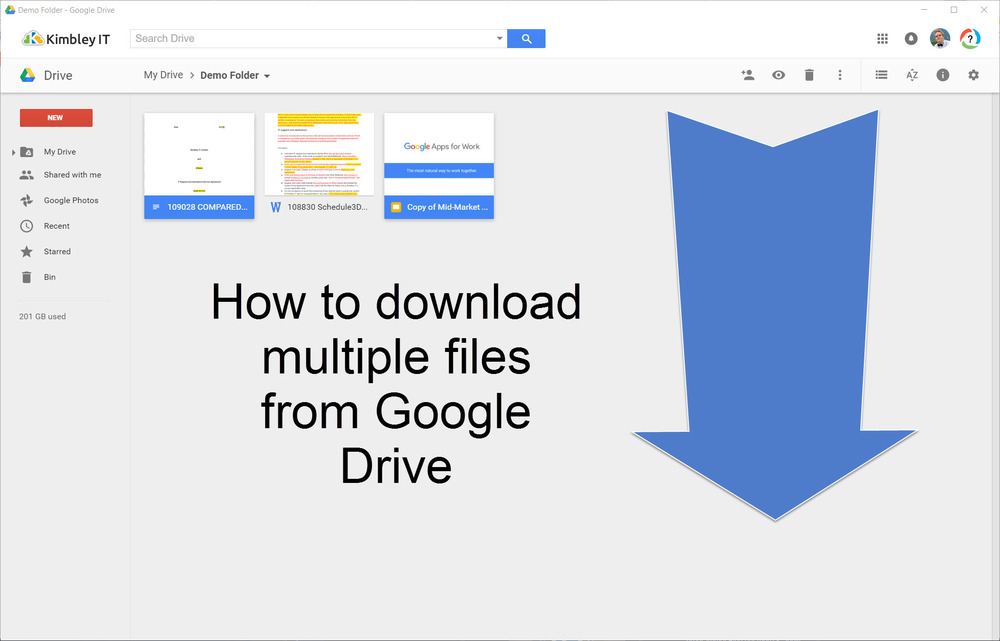
- HOW TO CHECK STORAGE ON MAC WITH TERMINAL HOW TO
- HOW TO CHECK STORAGE ON MAC WITH TERMINAL FULL
- HOW TO CHECK STORAGE ON MAC WITH TERMINAL SOFTWARE
- HOW TO CHECK STORAGE ON MAC WITH TERMINAL PASSWORD
Now to get to the root directory /var/lib/docker we must access the docker virtual machine being used on our mac. You can do so by searching Spotlight, using Siri, or going into your Applications folder. When you navigate to ~/Library/Containers you will see the folder name Docker instead. This directory is easy to get to from the terminal, but if you try to get there via the finder you might notice that does not appear visually under that directory name. On a mac our docker files are located inside of a virtual machine which is located in our user library directory: ~/Library/Containers// Here is a little background information on the docker directory Try option 1 first, if it does not work try option 2
HOW TO CHECK STORAGE ON MAC WITH TERMINAL PASSWORD
If you have set a password for your Time. Click the Gear icon from the top menu of the backup and then select Delete Backup.


Scroll your mouth to switch the Time Machine backups to find the one you need to delete. Click the Time Machine icon from the Menu Bar and then select Enter Time Machine. There are two primary ways to get to this directory. Connect the external backup hard drive to your Mac. This will out the brand, the size, and the generation number of your Mac’s CPU.
HOW TO CHECK STORAGE ON MAC WITH TERMINAL FULL
You see that command will tell you that the root directory is located at /var/lib/docker, which on a mac is a non-existent directory. To get full Mac CPU details directly from your Terminal’s command line, simply run this command: sysctl -n. Usually on most systems, you can see where the images and containers are located by running the command docker info but no, that does not work on a mac. Note that all containers and/or all partitions are shown through this command, including hidden partitions like the Recovery HD, the EFI partition, reboot, and partition map and scheme information.Īlternatively, you can use the ‘df -h’ command at the terminal to list mounted file system partitions.Finding the location of docker images is a chore on a mac. Click 'Storage.' You should see a stacked bar graph depicting how much of your total storage is being taken. This is also demonstrated in the screenshot shown above with a much more accurate representation of formatting, when it is printed in your own terminal it will display nicely in tables, making it easily scannable and readable. Click on the Apple logo at the top left of your screen. Step 2 Check available space on Mac Now you can see which items are taking up the limited space. Then click the 'View' menu and choose 'Show status bar' option. This will give you feedback displayed like the following, listing out the mounted drives, their volume names, the size of the drive and partitions, their partition types, and their identifier location:Ģ: Apple_HFS Macintosh HD 120.5 GB disk0s2ģ: Apple_Boot Recovery HD 650.0 MB disk0s3Ģ: Apple_HFS Sample-OSXDaily-Drive 1.2.6 20.9 MB disk1s2 Step 1 Turn on the status bar Click the 'Finder' icon to launch a 'Finder' window on the Desktop, or you can turn to File > New Finder Window.

Hit return to see the results, showing all mounted volumes, drives, and their respective partitions. This is easily done at the command line by typing the following command:

HOW TO CHECK STORAGE ON MAC WITH TERMINAL SOFTWARE
In the new window, click on Applications under Software in the left sidebar. Space Gremlin (Free Demo/4.
HOW TO CHECK STORAGE ON MAC WITH TERMINAL HOW TO
How to List All Mounted Drives, Partitions, Volumes on Mac via Command Line To access the information, hold down the Option (Alt) key on the keyboard and click the Apple logo in the menu bar at the top of the screen. Here then are the best ways to check storage and find large files on a Mac.


 0 kommentar(er)
0 kommentar(er)
